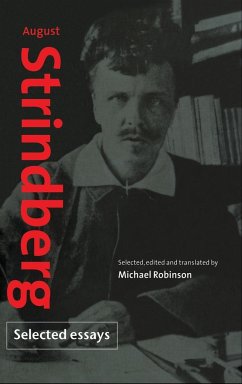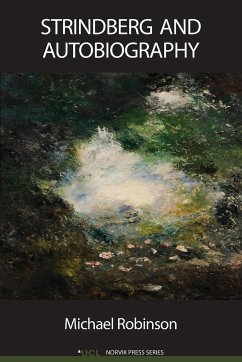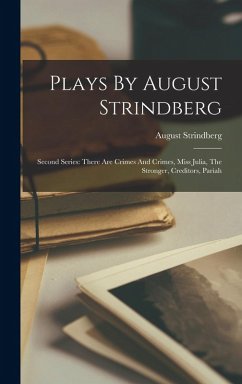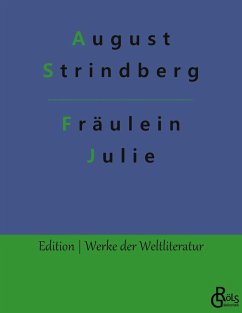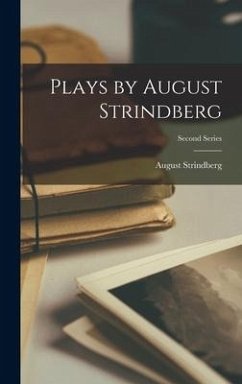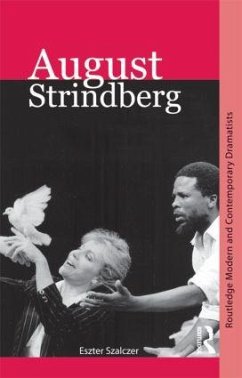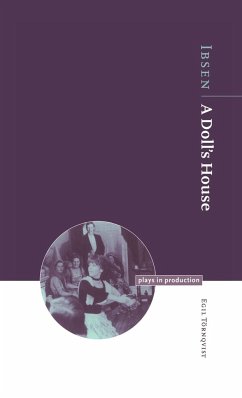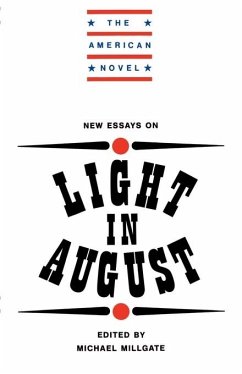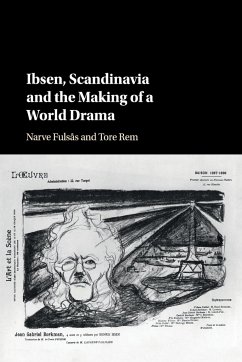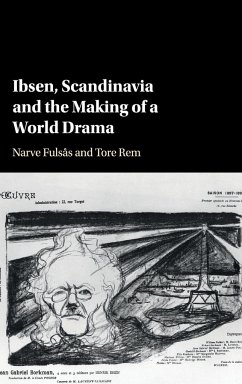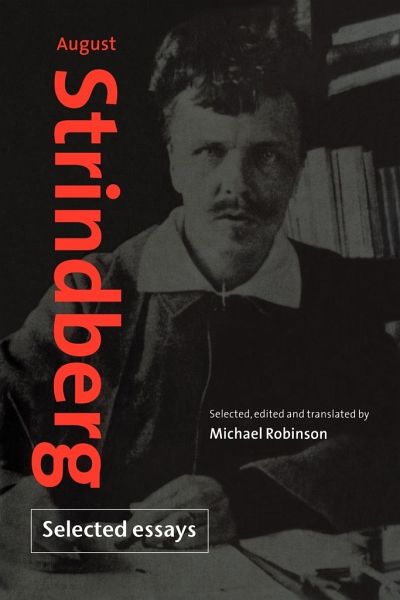
August Strindberg
Selected Essays
Herausgeber: Robinson, Michael

PAYBACK Punkte
24 °P sammeln!
This is a fully edited translation of a series of essays by the great Swedish dramatist August Strindberg. The essays, edited and translated by Michael Robinson, have been selected for the light they shed, both directly and indirectly, on Strindberg's contribution to the European theatre, firstly in such masterpieces of psychological realism as The Father and Miss Julie, and subsequently in those works, including A Dream Play and The Ghost Sonata, with which he largely established a basis for theatrical modernism. Together with the accompanying notes and commentary, these essays on psychology,...
This is a fully edited translation of a series of essays by the great Swedish dramatist August Strindberg. The essays, edited and translated by Michael Robinson, have been selected for the light they shed, both directly and indirectly, on Strindberg's contribution to the European theatre, firstly in such masterpieces of psychological realism as The Father and Miss Julie, and subsequently in those works, including A Dream Play and The Ghost Sonata, with which he largely established a basis for theatrical modernism. Together with the accompanying notes and commentary, these essays on psychology, history, painting, natural history and alchemy as well as the theatre, help to clarify the multifaceted nature of Strindberg's project. Idiosyncratic and lively, they offer crucial insights into the intellectual history of the late nineteenth century, while their personal nature draws the reader into an intimate relationship with the writer and his wide range of interests.






